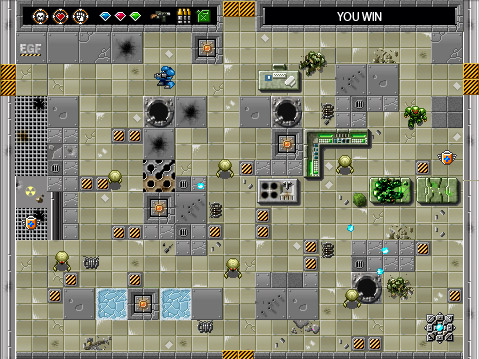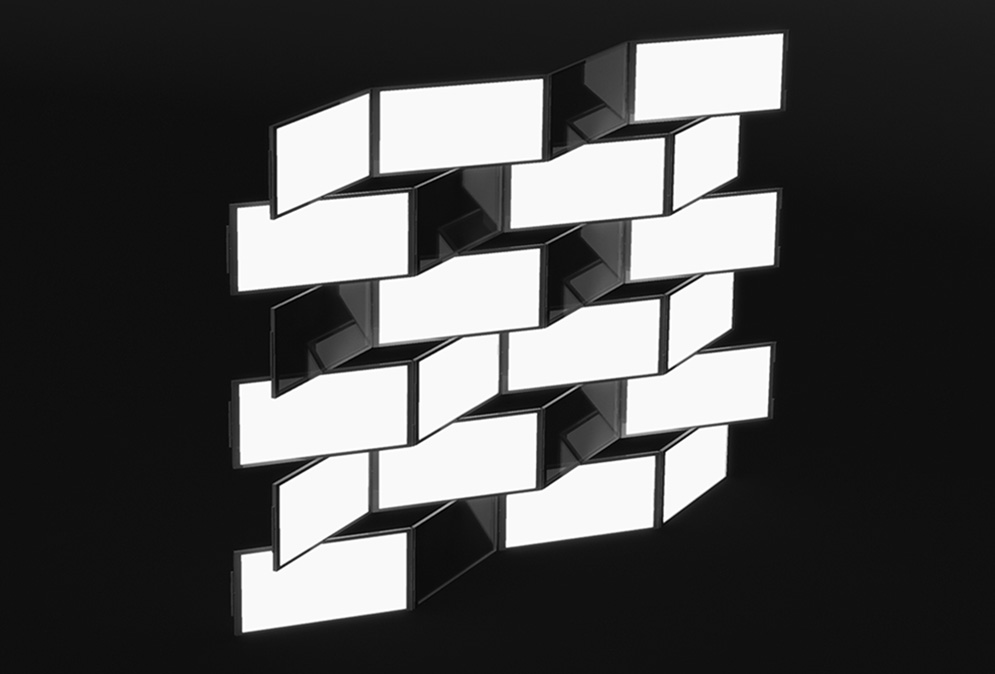In 2005, Panama was in the middle of a real estate boom. Every week, new skyscrapers were being announced, and every developer wanted the most striking digital presence to match their vision of modernity. I was working at Icamos, creating Flash websites for some of the country’s most ambitious projects — sleek, animated, and years ahead of their time.
One of those projects was Destiny Panamá, a 50-story tower that symbolized the height of that era’s optimism. I poured everything I knew into that microsite — animation, interactivity, and storytelling. It wasn’t just a presentation; it was an experience. That work earned me the Arroba de Oro, one of the most prestigious digital awards in Latin America back then, presented by La Prensa de Panamá.
But I never held the trophy. The studio’s owner kept it, and I never saw it again. Still, everyone who was there — my peers, my friends — knew I had won. That recognition mattered more than the physical prize.
That moment changed me. It pushed me to start Pridas, my own creative studio, where I continued experimenting with interactive experiences. The Pridas website itself became a statement piece — a site where users could customize colors, backgrounds, and themes in real time, creating a level of interactivity and personalization that feels almost rare on today’s web.
Around the same time, I was also featured on Kirupa.com as Site of the Week — a huge honor for any Flash designer of that era. The mention is still online today, a small digital footprint of those early days of passion and experimentation:
🔗 Kirupa Site of the Week — Pridas Publicidad
Looking back, Destiny Panamá wasn’t just a website — it was the moment that defined my path. It proved that even when recognition fades, the work — and the innovation behind it — continues to speak.





